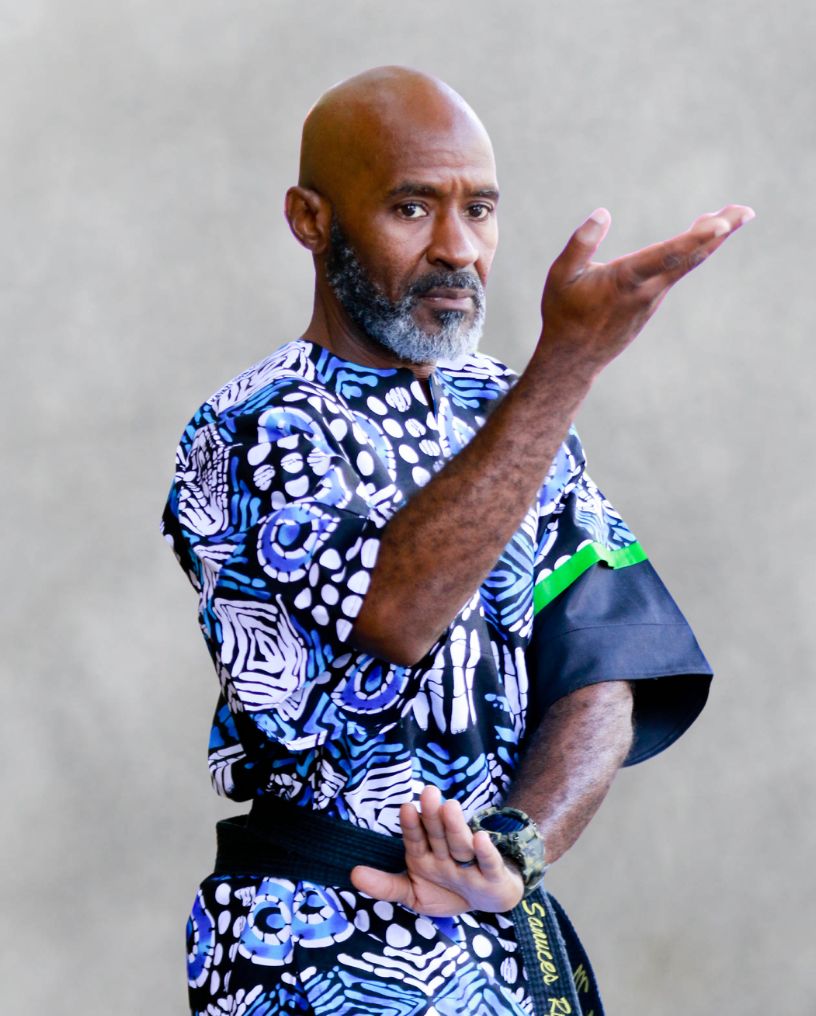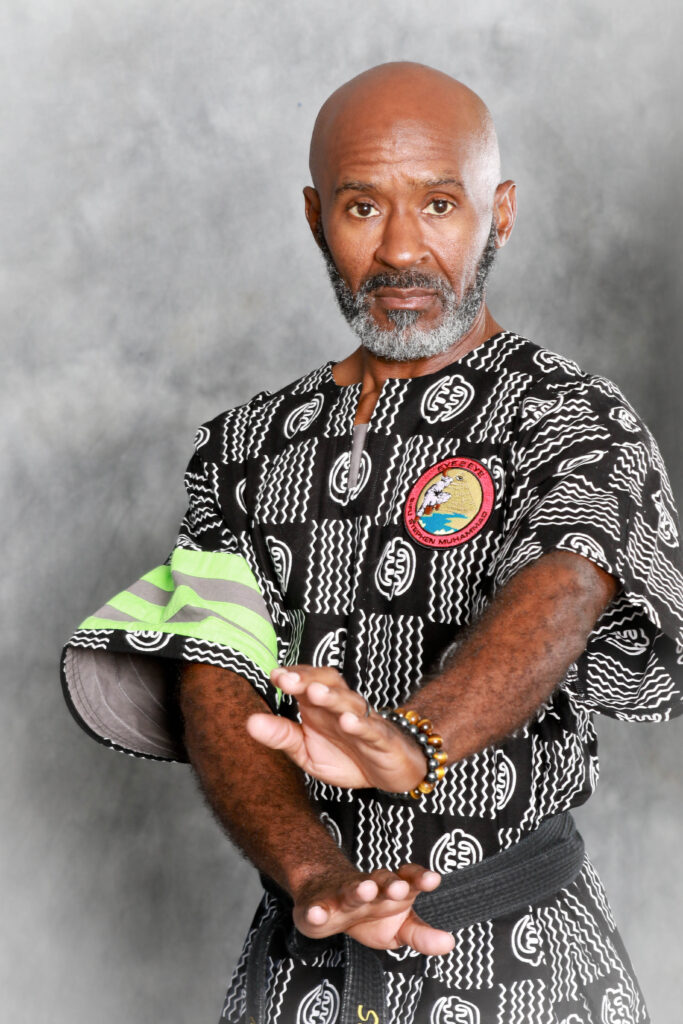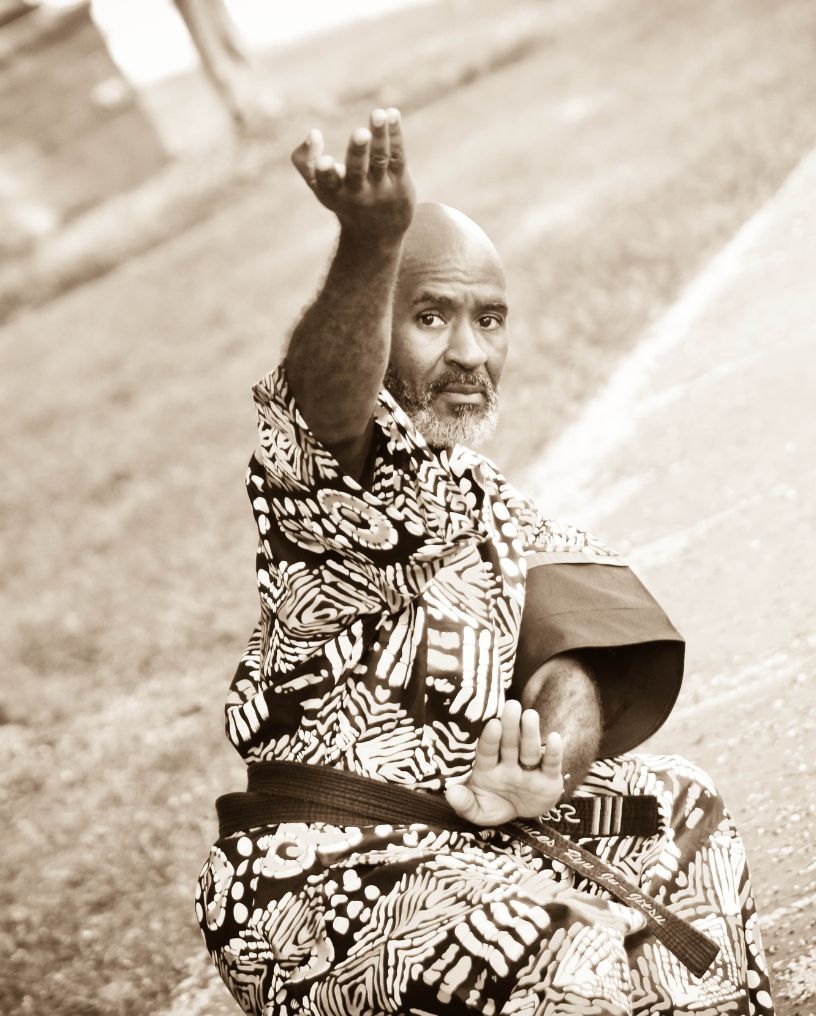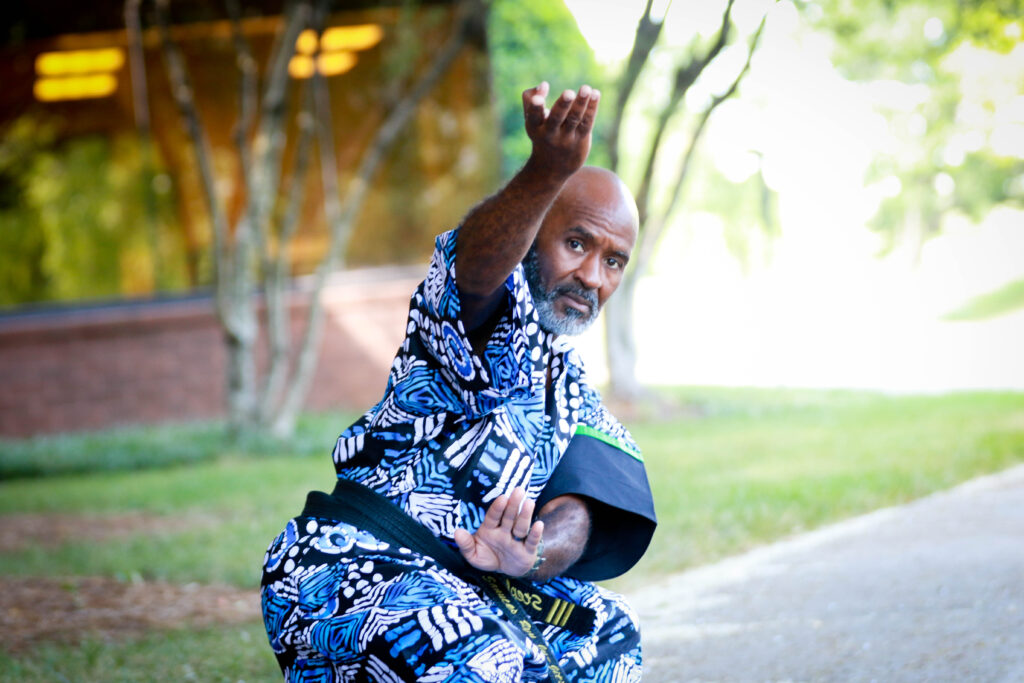Some people train to get stronger. But strength alone doesn’t mean you’re prepared. A powerful body without a trained mind is unpredictable. The real edge—the kind that changes how you move, think, and respond—comes from strategy.
In martial arts, we call this “the warrior mind.” It’s a mindset that values clarity over chaos and preparation over panic. It’s about staying sharp and ready without letting fear, anger, or ego take the lead.
This kind of training doesn’t rely on size or muscle. It builds from the inside out. And it’s something anyone can develop.
What is the Warrior Mindset?
Before you learn how to fight, you learn how to think. That’s how we approach training. The warrior mindset isn’t flashy. It’s built quietly through consistent focus, self-awareness, and smart decision-making. It’s what keeps you steady when things around you feel like they’re spinning.
Let’s break down the pieces that shape this mindset.
Why Strength Alone Falls Short
Strength can help—but it fades, gets tired, and can be used against you. We don’t teach people to rely on how hard they can hit. We teach them how to stay in control, even when it looks like everything’s going sideways.
When someone’s aggressive, the first instinct might be to match it. But that just feeds the fire. The smarter move is learning to stay grounded and redirect that energy. That’s something strength alone can’t do.
The Role of Self-Awareness in Combat
Every move starts with a thought. The more aware you are of what’s happening inside you, the better you’ll respond to what’s happening around you.
Your breath, posture, attention—these all give you information. In our training, we slow things down first so students can learn how to read those signs.
If you feel yourself tense up, you recognize it. If your breathing changes, you correct it. These little adjustments give you more time, more space, and more control.
The Balance of Humility and Confidence
Confidence is built on knowing what you’re capable of—not needing to prove it. Humility keeps you open to learning. Both matter in a fight. Both matter in life.
You train for moments you may never see. That’s where the mindset starts to shift. You’re no longer preparing to show off. You’re preparing to stay safe, think clearly, and move with intention.
The Strategic Advantage of Focused Intention
Most people react. Warriors respond.
Intentional movement is what changes the game. You don’t rush. You don’t guess. You step, block, shift, or redirect because you’ve already pictured what needs to happen.
That’s how strategy becomes second nature. Through repetition, observation, and being fully present. We teach students to act with purpose—not just hope something lands.
Strategy as a Core Martial Art Principle
Strategy isn’t something extra—it’s the framework. It’s what holds everything together when techniques don’t go as planned or when you’re dealing with an unpredictable situation. The more you understand strategy, the less you rely on luck or brute force.
This part of the training is where things start to click. You stop asking, “What move should I use?” and start asking, “What does this moment call for?”
What Martial Strategy Actually Means
Martial strategy means knowing how to adjust. It means staying aware of your environment, managing your distance, and using your opponent’s energy wisely. It’s not tied to one move or one style—it’s how you approach every second of an encounter.
We teach students to think like problem solvers. Your opponent moves, you adapt. The terrain shifts, you adjust. You stay fluid. That’s the heart of strategy.
Anticipating Before Reacting
Reacting is a split-second response. Anticipating gives you a full second—or more. That’s the difference between being in control and being caught off guard.
You don’t wait for something to happen. You read body language, subtle shifts in weight, patterns in movement. These are clues, and they’re always there if you know where to look. We build drills around this exact skill—training eyes, instincts, and judgment.
Using an Opponent’s Energy Against Them
Instead of stopping an attack, we show you how to guide it. That’s where efficiency lives.
By changing the angle, redirecting the force, or simply stepping out of the way, you’re turning their energy into your tool. This is one of the main principles behind the techniques we practice. It’s not about overpowering—it’s about understanding timing, redirection, and control.
Movement With Purpose
Purposeful movement isn’t rushed. It’s not wasted. Every action—whether it’s a block, shift, or takedown—has a clear job to do.
Students often come in thinking more movement equals more success. But we flip that. We help them simplify, streamline, and sharpen each technique. That’s when the training becomes smart instead of sloppy. It’s precise, controlled, and efficient.
This is where real confidence begins to grow—not from doing more, but from doing it right.
Mental Training Is Physical Training
You can’t separate the two. If your body is sharp but your mind is scattered, you won’t last long in a real confrontation. That’s why mental training is built into everything we teach. It’s not a side lesson—it’s woven into every movement, every pause, every breath.
We don’t just show people how to move. We show them how to stay focused, steady, and responsive—even when things get intense.
How the Brain Trains Under Pressure
Stress does strange things. It narrows your focus, speeds up your heart rate, and can freeze you if you’re not ready for it. That’s why we create controlled stress in training. Not to overwhelm, but to prepare.
The mind, like the body, adapts through exposure. When students face realistic pressure in training, their reactions get sharper. They start learning how to respond under stress, instead of just panicking or going blank.
It’s not about being fearless—it’s about knowing how to operate when fear shows up.
Developing Combat Awareness
There’s more going on than just the person in front of you. We teach students how to read the full picture.
That includes:
- Noticing exits and obstacles
- Scanning for secondary threats
- Watching the rhythm of an attacker’s body languag
- Sensing shifts in energy or intention
This kind of awareness makes the difference between being prepared and being surprised. And it’s something we practice actively—not just talk about.
Meditation and Breath as Tactical Tools
Calm breath equals a calm brain. Fast, shallow breathing leads to tunnel vision, shaky hands, and bad decisions.
That’s why we build breath control into our physical drills. When you learn to regulate your breath under pressure, your thoughts follow. You start making clearer choices—even in chaos.
We also introduce short moments of meditation—not for silence, but for focus. A few seconds of stillness can reset your mind and give you clarity that changes everything.
Staying Calm in the Storm
Things can get loud, fast, and messy. But if your mind stays calm, you stay in control.
That’s why we train for the mental storm. Whether it’s a heated confrontation, a surprise grab, or just the stress of the unknown, staying calm is your anchor. And like everything else, calm can be trained.
Living With the Warrior Mind Beyond the Dojo
The way you train is the way you move through the world. The warrior mindset isn’t just for sparring—it becomes part of how you handle conversations, solve problems, manage emotions, and lead others. This mindset grows through practice and shows up where you least expect it.
It’s not about becoming someone new—it’s about refining who you already are.
Applying Strategic Thinking to Daily Life
You don’t need gloves on or mats under your feet to use what you’ve learned. Strategy becomes a habit. You start thinking ahead—about your day, your relationships, your goals.
You plan more clearly. You speak more deliberately. You move with awareness. Small daily decisions become opportunities to apply the same focus and discipline you practice in training.
We’ve seen students walk into jobs, schools, and family challenges with more confidence simply because they trained their minds to respond instead of react.
Conflict Without Combat
Most conflicts don’t require physical defense—they require emotional intelligence.
You learn to listen. To wait. To stay grounded. To recognize the difference between an actual threat and a situation that just feels tense.
We train people to manage pressure with presence. That means standing up for yourself without needing to fight. It means having the tools to speak up, set a boundary, or walk away when necessary.
This skill is critical for parents, teachers, teens, and adults alike. It helps you move through life with more peace—and more power.
Teaching Strategy to the Next Generation
Young people are always watching. They model what they see.
When we teach kids and teens, we don’t just show them how to defend themselves—we teach them how to think. We guide them to stay calm under pressure, communicate clearly, and use their judgment. These are lessons they carry into school, friendships, and eventually adulthood.
Even in our parenting workshops, we talk about how to model this mindset at home. Kids don’t need perfect parents—they need consistent examples of control, respect, and resilience.
The Path Is the Practice
You don’t “finish” training your mind. It’s a lifelong process.
Every choice is a rep. Every time you hold your tongue, set a clear boundary, or adjust your thinking—that’s practice. It’s no different from footwork or joint locks. The path continues.
When you live with the warrior mind, you begin to see life differently. Challenges become chances to grow. Pressure becomes an opportunity to perform. And every day gives you the chance to train, sharpen, and lead—without ever throwing a punch.
Strong Mind, Calm Body—That’s the Eye2Eye Way
You’ve seen how strategy changes everything. It’s what helps you move smarter, stay grounded, and respond with clarity in and outside of a fight. That’s the warrior mind—and it doesn’t come from lifting more. It comes from training with intention.
At Eye2Eye Combat, we teach that mindset from day one. Whether you’re a beginner, a parent, a college student, or someone looking for focused training—we’ve got classes that build more than technique. They build people.
Ready to train your mind and body with purpose? Step into a class, and experience it for yourself.
FAQs
1. What exactly is the “warrior mind,” and how do you train it?
It’s the mindset behind how you move—staying calm under pressure, thinking clearly, and responding with intention instead of panic. We train it through repetition, focused drills, breath control, and helping you stay sharp when things get uncomfortable. It’s a mental muscle you build over time.
2. Do I need to be physically strong to apply strategy in self-defense?
Not at all. Strategy levels the playing field. Our training teaches you how to read situations, manage distance, and use leverage and timing over force. Whether you’re smaller, older, or brand-new to training, smart technique and mental clarity can give you the upper hand.
3. Can kids and teens learn this kind of mindset too?
Absolutely. In fact, the earlier the better. We help young students build awareness, confidence, and emotional control in a way that makes sense for their age. It’s not about fighting—it’s about focus, discipline, and learning how to handle pressure the right way.





